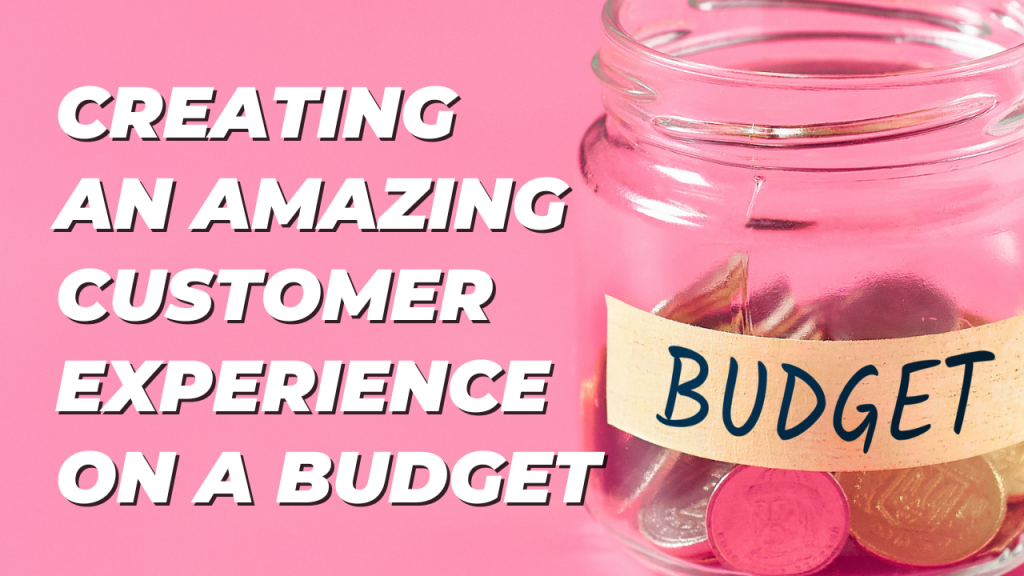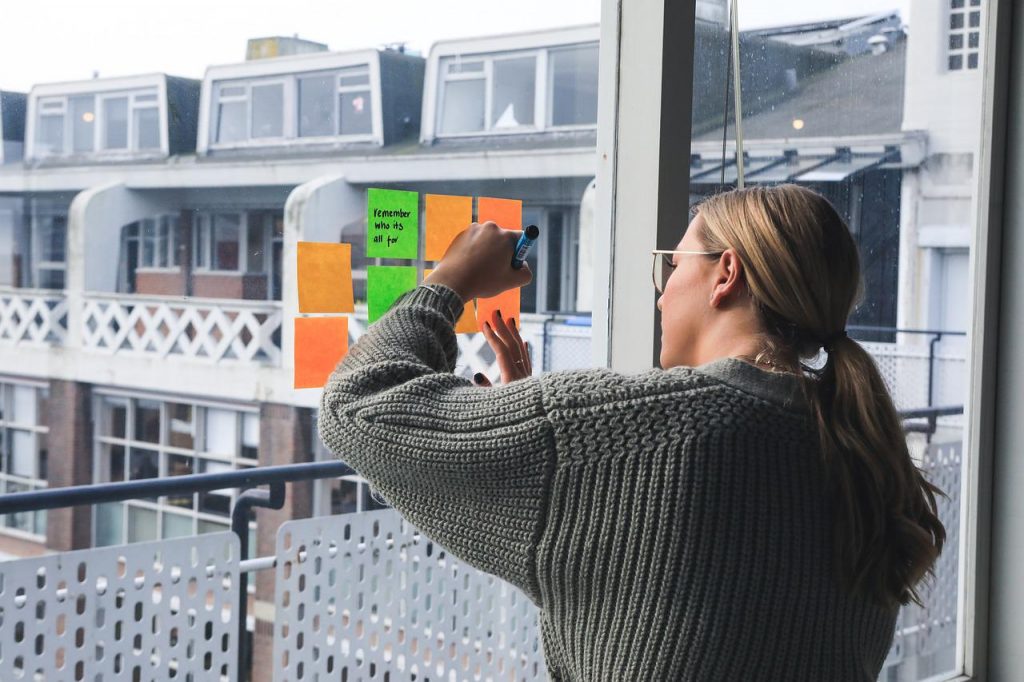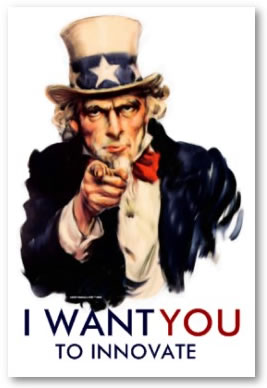
GUEST POST from Shep Hyken
With the current recession, employment issues and supply chain problems, companies and brands are struggling to provide the same experience they have in the past. Regardless of the cause, companies don’t have the budgets they once had to devote to CX.
First and foremost, if you have to cut your budget, try to do it in places the customer won’t notice. This may not always be possible, but it’s important to try. The moment you create an inconsistent experience, your customers will lose confidence. Without that confidence, repeat business—and even customer loyalty—is up for grabs.
We had a hotel client who was struggling. One of the places he cut was the housekeeping staff. The staff became overworked and couldn’t keep up with the demand, and the guests noticed. My comment was direct. “No matter how nice your hotel has been in the past, if the guests experience dirty rooms, they may never come back.” It might be smarter to have fewer rooms available than rooms that don’t measure up to their typical standards.
On the flip side, ten years ago, before labor issues were the topic of the times, a healthcare client was struggling to staff one of its hospitals with people who aligned with its vision of creating a stellar experience. They knew that the wrong people on the frontline would erode the brand’s reputation. While they weren’t forced to cut costs, the focus on customer experience meant they would only hire the best. And when the best candidates weren’t available, they chose to shut down part of the hospital until they could adequately staff. They would rather go lean on availability than go lean on the experience.
This brings me to an article by Justin Racine that appeared in CMSWire. The title of the article was intriguing: Cheap Beer and Recessions: How to Survive and Thrive with Exceptional Customer Experience.
Racine had me at “cheap beer,” not because I like cheap beer, but because I don’t equate anything cheap with an exceptional—or amazing—customer experience. He went on to explain that he was strapped for cash in college but still wanted to enjoy the “full college experience.” To do so meant a tighter budget. So, instead of drinking a premium brand like Stella Artois, he drank a lower-priced Keystone Light.
The approach the college students chose was substitution. But this may not always be a viable strategy. For example, a restaurant probably couldn’t substitute lower-priced ingredients and still present its diners with the same quality menu items. The reason the college students may have been happy is that they had a choice. They weren’t forced to experience lower quality, but they chose to do so and were happy about it.
Racine claims disruption breeds customer experience opportunities. Yes! This could be the answer.
Consider that many businesses are being disrupted for all the reasons mentioned. Rather than stare at the problem and hope things will change, you must embrace the disruption and make a move. And to the point of Racine’s article, it may be as simple as a substitution. If you and your organization are facing any of these problems (and others), it’s time to take action. Turning disruption into opportunity starts with a conversation. Here are some ideas to jumpstart the creativity:
1. List and define in detail all the problems causing the disruption.
2. Play round one of “What If?” This is where you put all the current and possible problems (not solutions) on the table for discussion. What if labor shortages (or any other disruptive problem) continue? What if we have to cut more people? What if we lose more people? What if we can’t get the ingredients (or parts, supplies, etc.)? What if we lose a percentage of customers? What if revenue drops by 25%?
3. Play round two of “What if?” This is where you brainstorm solutions. For example, if the costs of goods rise, you might be forced to pass those costs on to the customer. So, what if we had to raise prices? The discussion isn’t a decision to raise prices, but the impact it might have on the customer if you did.
4. Remember to stay customer-focused. This follows up on No. 3. Being customer-focused doesn’t mean always making customers happy with your decisions. It means you consider how the customer will react to your decisions. For example, customers aren’t typically happy when they notice a price increase. Still, if you do so with an explanation, they might not just accept that you had to do so, but also appreciate that you are being transparent in the process.
To emphasize the concept from the beginning of this article, if you have to cut, try to do so in places the customer won’t notice. But if that’s not possible, be transparent. Be prepared to tell your customers why there aren’t as many items on the menu, why there isn’t as much availability, why it’s going to take a little longer than usual, etc. The focus here is on transparency and communication. Sharing information gives your customers a sense of control. They know and understand why there are changes.
For those in the B2B space, that transparency and communication can lead to powerful conversations with customers that can deepen your relationships. Discussing problems, changes and alternatives with your customers can get them to see you as more of a partner rather than just a vendor.
For some companies, making cuts, be it budget, people or anything else, is inevitable. It’s how you approach it that can possibly enhance the customer experience. Talk about it. Brainstorm even the most farfetched ideas. Find the opportunities that are hidden in disruption.
This article originally appeared on Forbes
Image Credit: Shep Hyken
![]() Sign up here to get Human-Centered Change & Innovation Weekly delivered to your inbox every week.
Sign up here to get Human-Centered Change & Innovation Weekly delivered to your inbox every week.


 What do you get when you take the technology away from a group of 10 and 11 year olds and ask them to be creative with a handful of household objects?
What do you get when you take the technology away from a group of 10 and 11 year olds and ask them to be creative with a handful of household objects?
 The Setup
The Setup The
The 